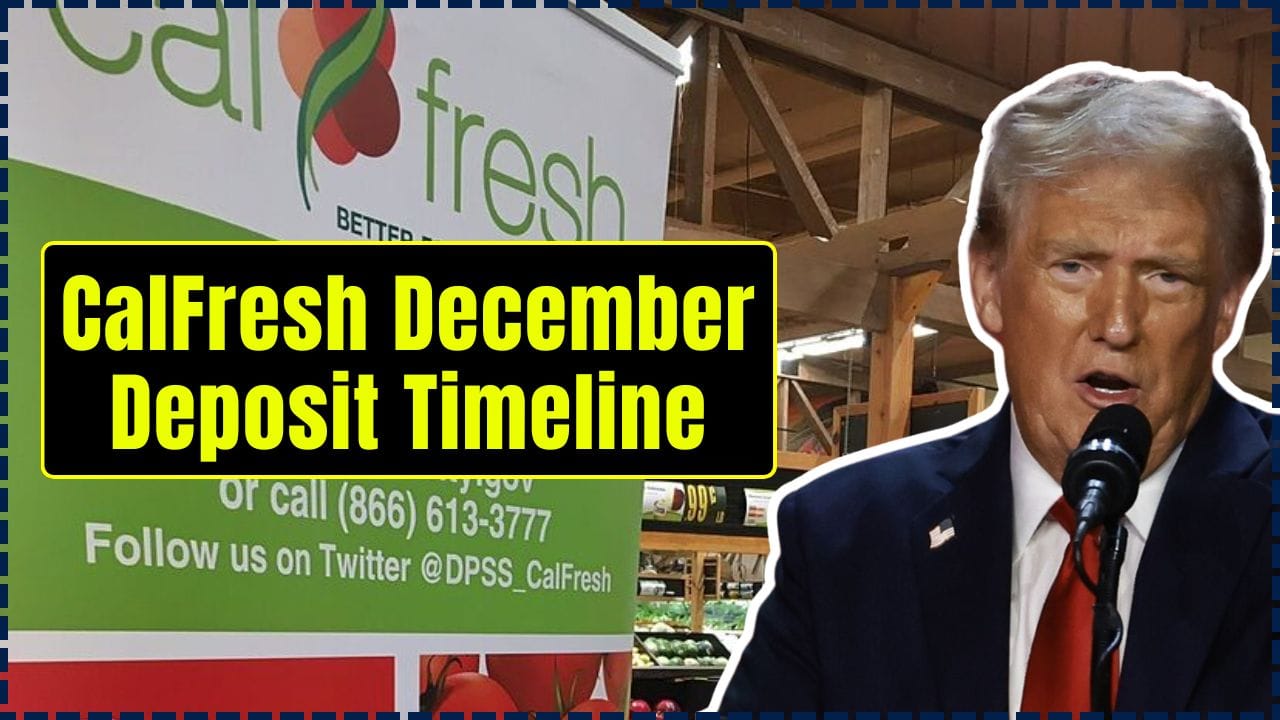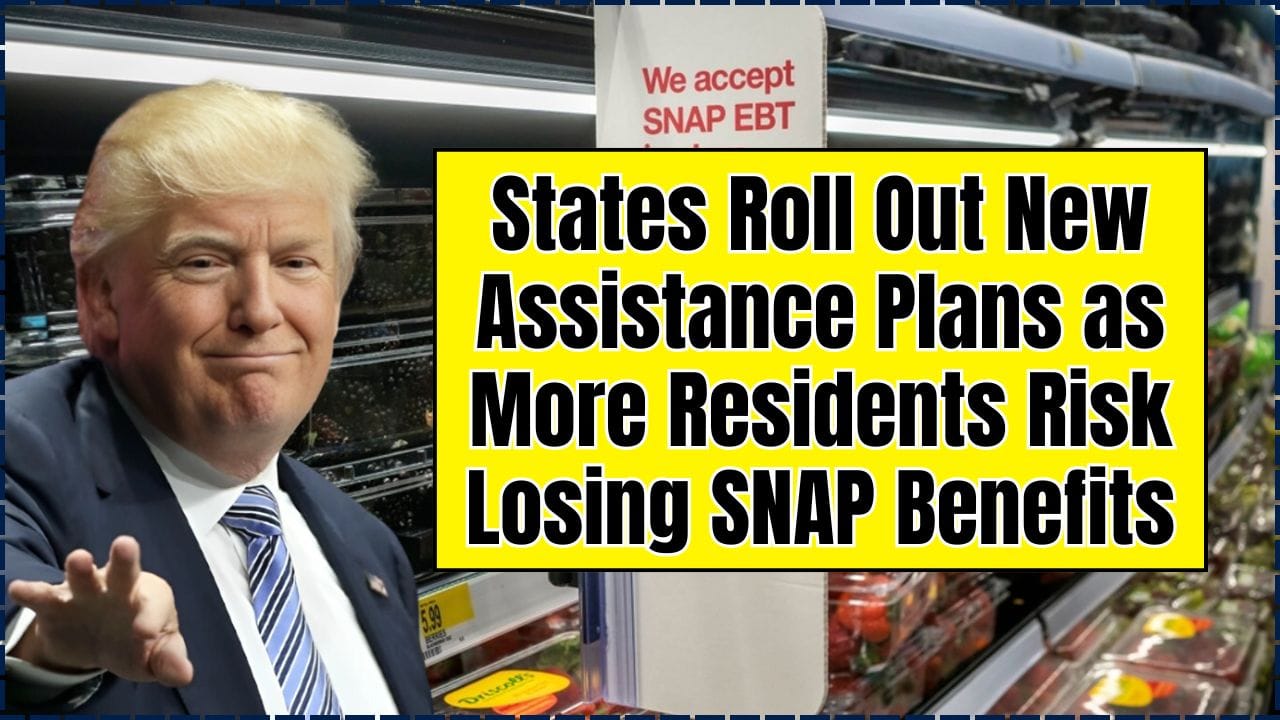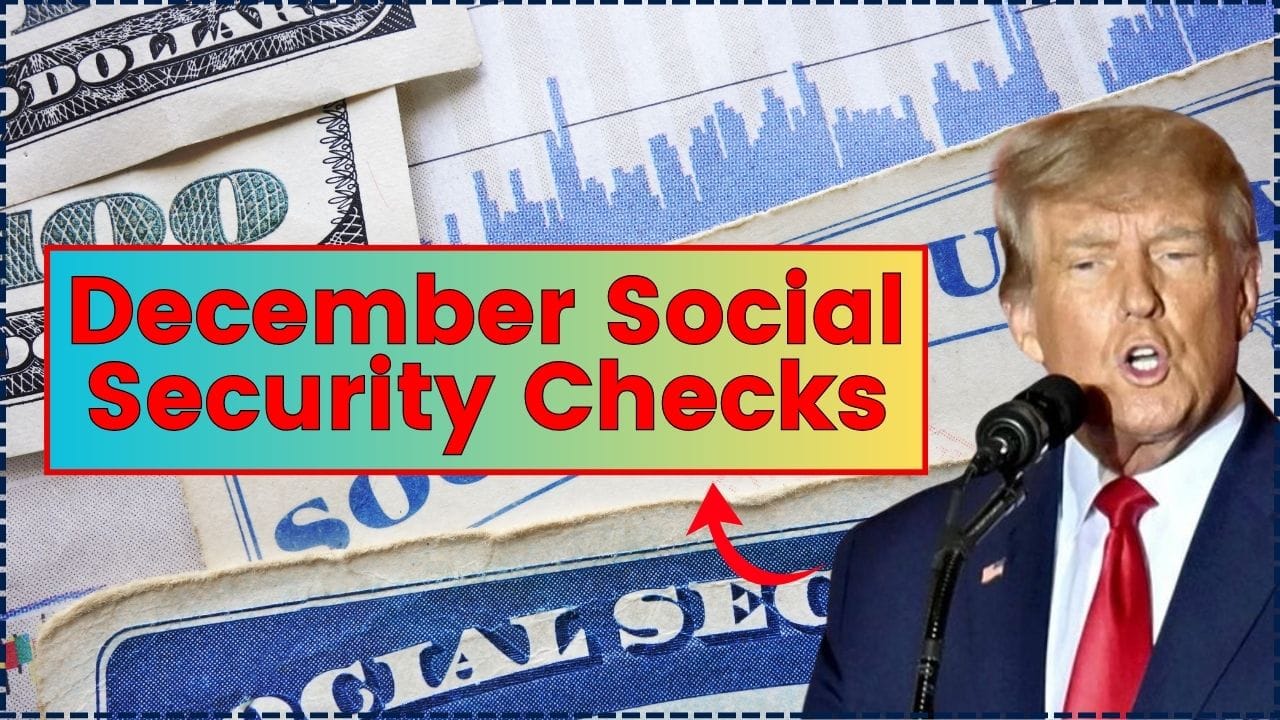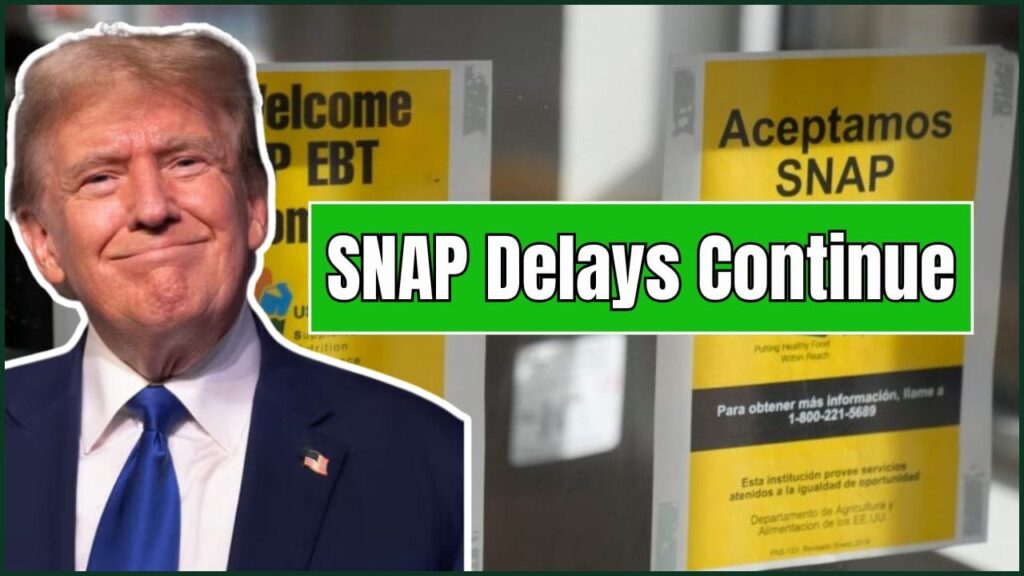
The SNAP delays created by the November 2025 federal shutdown continue to disrupt food assistance for millions of U.S. households, despite new federal guidance directing states to resume payments immediately. Conflicting court orders, rushed administrative reversals, and uneven state readiness have slowed restoration efforts nationwide. With Thanksgiving days away, families, food banks, retailers, and state agencies are struggling to cope with the lingering fallout.
SNAP Delays
| Key Fact | Detail |
|---|---|
| Total Americans relying on SNAP | Approx. 42 million |
| Date benefits halted | Nov. 1, 2025 during shutdown |
| Cost of one month of SNAP | $8.5–9 billion |
| Emergency partial funding | Announced Nov. 3 |
| Full funding order | Issued Nov. 6, later stayed by SCOTUS |
| Current state | Benefits restarting unevenly; delays ongoing |
As states continue restoring benefits, food banks are preparing for sustained demand and households remain on edge. The combined administrative, legal, and economic fallout from the SNAP delays has renewed pressure on lawmakers to protect essential nutrition programs from political uncertainty. For millions of Americans, the hope is simply that future assistance will arrive without disruption.
What Triggered the Nationwide SNAP Delays
The 2025 government shutdown, which began at midnight on November 1, forced the U.S. Department of Agriculture (USDA) to suspend SNAP payments due to a temporary lapse in funding authority. Although SNAP has weathered previous shutdowns, USDA officials said no remaining reserves were available to cover November’s full distribution cycle.
Two federal judges later ruled that halting SNAP during a shutdown would cause “irreparable harm” to low-income families, ordering full funding restored. However, the Supreme Court temporarily blocked one of those orders on November 7, instructing agencies to pause full benefit issuance until the case could be evaluated further. The combination of emergency rulings, administrative reversals, and system resets contributed to widespread delays.
State-by-State Differences Reveal Deep Administrative Strain
States With Fast Recoveries
Some states restored benefits quickly due to modernized EBT systems and larger staff capacity. These include:
- Massachusetts
- Washington State
- Michigan
States With Ongoing Delays
Several states have warned residents to expect partial or late payments:
- Georgia – Full issuance expected by Nov. 18
- Arizona – “Several business days” needed to reprocess halted files
- Texas – High caseload volume slowing benefit uploads
- Florida – Large backlog from early-November freeze
Officials in Florida said,
“Restarting SNAP requires coordination across multiple systems. Every change to federal guidance resets our workflow.”
Rural States Hit Hardest
States with limited staffing and older processing systems, particularly in the Midwest and Mountain West, reported the longest administrative recovery times.
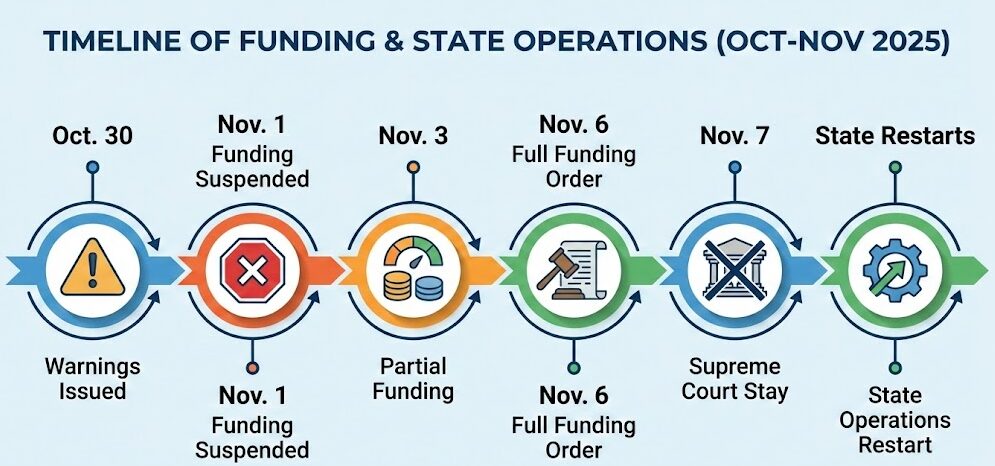
Human Consequences of the SNAP Delays
Families With Children
About 60% of SNAP households include children. Parents reported stretching food supplies, skipping meals, or buying cheaper, less nutritious options.
A mother in Detroit shared,
“My benefits usually arrive on the first. By the fifth, my kids were eating cereal for dinner.”
Seniors and Disabled Americans
Many live on fixed incomes and cannot absorb unexpected gaps. Senior recipients described making difficult choices between food, prescriptions, and utility bills.
Veterans and Single-Parent Households
Veterans make up nearly 1.2 million SNAP recipients. Single-parent households, especially those led by women, experience the steepest financial strain.
Rural Communities
Rural residents face limited grocery options, higher food prices, and longer travel distances. When benefits stalled, these disadvantages compounded quickly.
Demand at Food Banks Surges Nationwide
Food banks across the country reported a surge in visitors during the first 10 days of November. Feeding America said demand rose 35%, a level not seen since the early stages of COVID-19.
A food pantry manager in Charlotte said:
“We’ve seen hundreds of new families this week alone. Our distribution lines wrapped around the block.”
In Indianapolis, volunteers reported shortages of fresh produce and canned goods as families sought emergency assistance.
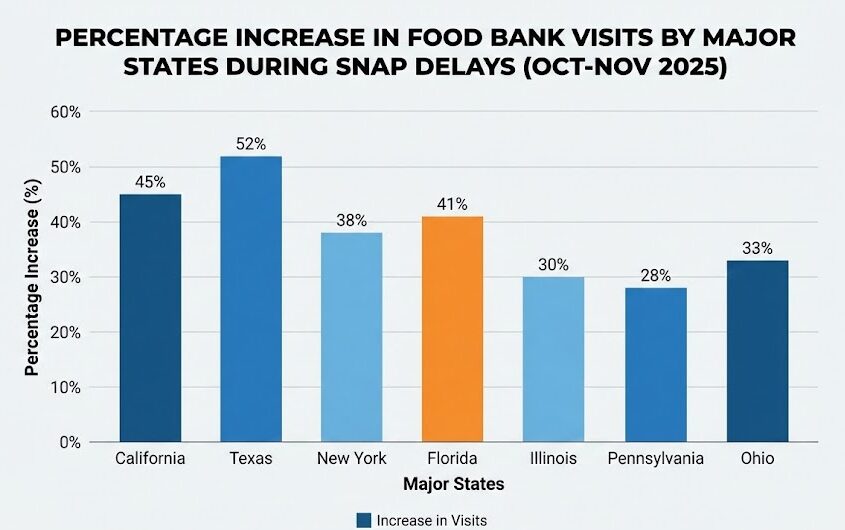
Economic Ripple Effects Hit Retailers and Local Economies
SNAP is one of the most immediate drivers of local economic activity. When benefits stalled:
Grocery Store Revenue Fell Sharply
Small independent stores in low-income neighborhoods reported declines of 20–30% in early November revenue.
Large retail chains saw lower foot traffic and reduced demand for fresh produce and meats.
Farmers’ Markets Lost Customers
Vendors who rely on SNAP-authorized sales also suffered declines during the delay period.
Wider Economic Impact
University of Michigan economist Dr. André Willis explained:
“SNAP operates like an instant stimulus. Every missed payment slows economic activity in communities already under financial pressure.”
How This Compares to Past Shutdowns
The 2025 disruption stands out historically.
- During the 2018–2019 shutdown, USDA used carryover funds to issue benefits.
- During pandemic-era expansions, SNAP increased payments monthly.
- Since the Food Stamp Act of 1977, Congress has typically ensured stable funding.
Experts say this year’s crisis marks the most significant operational breakdown in the program’s modern history.
Expert Analysis Shows Structural Weakness in SNAP Funding
Food policy researcher Dr. Lena Howard of Georgetown University said the delays reveal “a critical flaw” in federal program design:
“SNAP is built to deliver support consistently, but its funding mechanism is vulnerable to political gridlock. This episode underscores the need for statutory reforms.”
Anti-hunger groups argue that permanent contingency funding is essential to prevent future disruptions.
International Comparison: How Other Nations Avoid Food Aid Disruptions
United Kingdom
Universal Credit payments continue regardless of government disputes.
Canada
Federal benefit programs operate on rolling authorizations that prevent shutdown interruptions.
Australia
Welfare payments are insulated from political impasses.
Experts say these systems provide models for insulating critical food aid from political pressure.
Policy Solutions Now Under Debate
Lawmakers and experts are discussing reforms, including:
1. Permanent SNAP Shutdown Protection
Guaranteeing uninterrupted benefits through automatic appropriations.
2. Strengthening USDA Contingency Reserves
Ensuring at least two months of emergency coverage at all times.
3. Modernizing State EBT Systems
Upgrading older systems to handle rapid policy shifts and high-volume adjustments.
4. Improved Communication Requirements
Mandating clearer, faster updates to recipients during emergencies.
What SNAP Recipients Should Know Right Now
- Benefits will be restored in full once processing completes in each state.
- EBT balances may update at unusual hours, depending on batch processing.
- Recipients are advised to check official state portals, not social media rumors.
- Households still waiting should contact local food banks or community centers.
- Recipients should be alert for phishing attempts targeting EBT users during the crisis.
New State Rule Could Deliver $1000 Payments in December — See Eligibility Criteria
FAQ About SNAP Delays
1. Why are SNAP delays continuing even after the shutdown ended?
States must re-upload halted files, verify pending cases, and reverse incomplete batches.
2. Will my full benefits be restored?
Yes. USDA guidance requires states to issue full November benefits.
3. When will benefits arrive?
Most states expect distribution by late November, but some may extend into early December.
4. Can this happen again?
Yes—unless Congress adopts reforms preventing shutdown disruptions.



